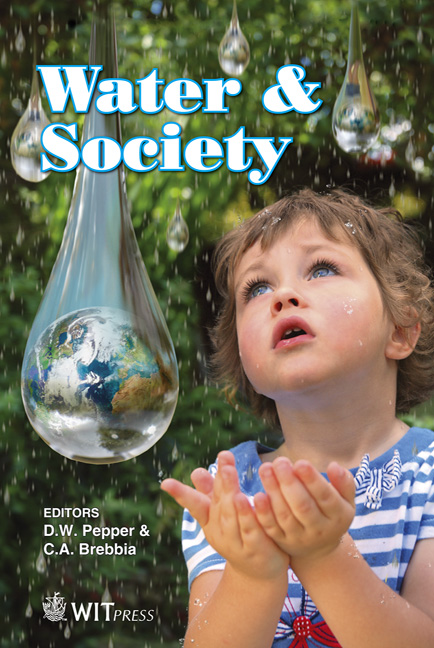The Transfer And Accumulation Of Trace Metals From The Wonderfonteinspruit Into The Surrounding Environment
Price
Free (open access)
Transaction
Volume
153
Pages
11
Page Range
209 - 219
Published
2011
Size
3,256 kb
Paper DOI
10.2495/WS110191
Copyright
WIT Press
Author(s)
D. Hamman & L. Van Rensburg
Abstract
The Wonderfonteinspruit flows through the richest gold mining region in the world and has subsequently been exposed to the related pollution for more than a century. The issue of pollution in the WFS catchment was raised in 1967 and lingered on with varying intensity ever since, mostly focussing on radioactive pollution. This study attempts to detect and quantify the transfer and accumulation of trace elements and heavy metals from the WFS into the soil, vegetation, water from dams and boreholes and cattle grazing in the area. ICPMS analysis was used to quantify the differences in the elemental concentrations within the different organs and structures of the cattle and the environment. The possible associations between the elemental concentrations of the water sources, vegetation and that of the soil were determined by using Redundancy analysis. Additional objectives were to assess the water quality of the WFS and the adjacent boreholes for livestock watering purposes. The results illustrate that elements such as uranium, cadmium and chromium, amongst others, are found at levels much higher than the normal levels found in the control group and accumulate in the soil, vegetation and cattle grazing in the area. This suggests that there is a transfer and accumulation of elements from the water into the surrounding environment of the WFS. Keywords: trace elements, heavy metals, ICP-MS, cattle, gold mining, uranium mining, mining pollution, Wonderfonteinspruit.
Keywords
trace elements, heavy metals, ICP-MS, cattle, gold mining, uranium mining, mining pollution, Wonderfonteinspruit





